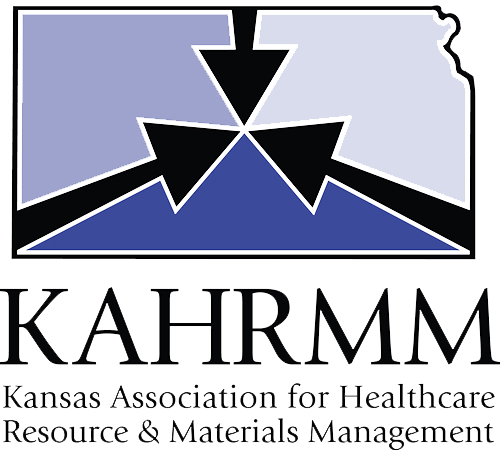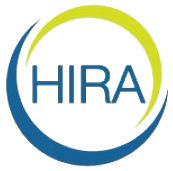Chemical labs—whether they’re in an academic or industry environment—are stocked to the brim with a huge variety of potentially dangerous liquids and objects. Organizing hazardous substances lowers the chances of costly mistakes and makes life a bit easier for the technicians and scientists working there. Effective labels play a key role in chemical labs as a signifier of danger, a reminder of proper protective equipment, and a categorizing tool.
Safety First, Second, and Always
In any laboratory that handles hazardous materials, safety comes before all else. The effects of lax safety procedures can go from irritating to devastating for the company, clients, and lab technicians. With such severity in mind, setting and adhering to proper safety procedures is essential to running any lab that uses chemicals.
One of the top procedures that should be followed is correctly and consistently labeling items. Improperly labeled chemicals or unlabeled mystery liquids are bound to cause confusion, delay productivity, and potentially lead to incidents. The key role of labels in a chemical lab is to make sure that no matter how many times a sample or chemical changes hands it’s clear how the next person should safely interact with it.
Effectiveness Means Visibility
An effective labeling system requires that labels are easily located on the item, remain legible over time, and catch users’ attention easily. For the same reason that poison is labeled by nature with intensely bright colors, dangerous items in the lab should be obviously marked as such. Using bright, colored labels increases the chances that technicians use the correct chemicals in a cautious and properly protected manner. Labeling procedures should define the correct location for labels to be placed on items and include a guide for any symbols or color associations used by the lab.
Chemical Labeling Compliance
Be aware that chemical containers require specific information depending on the state the lab is in. Chemical labeling regulations typically require a minimum of these four pieces of information:
- The chemical name spelled correctly
- The chemical’s concentration
- The hazards the chemical presents
- The date the chemical was prepared or the end of its shelf life
Following OSHA guidelines is the best way to keep a lab functioning as safely as possible. Additional labeling in a laboratory beyond regulations will help your technicians organize their workspaces and quickly find the items they need.
Chromalabel offers a wide variety of lab-appropriate labels, including PPE checkbox labels and neon variety color-code kits that allow labs to call attention to vital information. Having a versatile selection of labels on hand will help keep your laboratory running as safely and smoothly as possible.









